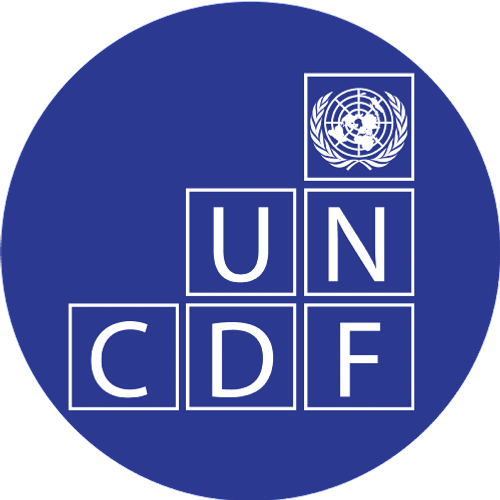Episode 2
#2 Why isn’t blended finance reaching the LDCs?
Blended finance is seen as a tool that can unlock investment capital for projects in the world’s most challenging markets, notably in the least developed countries. So why is only 6% of blended finance, in the form of private capital mobilized by official development assistance, reaching these markets? That is the finding of a report recently released by UNCDF and the OECD. On Episode 2 of Capital Musings, Samuel Choritz, one of the lead authors of the report, explains why this is happening, as well as what is needed from a policy, regulatory and market standpoint to reverse the trend.
Capital Musings is a production of the Partnerships, Policy and Communications unit of the United Nations Capital Development Fund and UN Web TV.
Producers: Victoria Guridi, Fernando Zarauz, Carlos Macias


